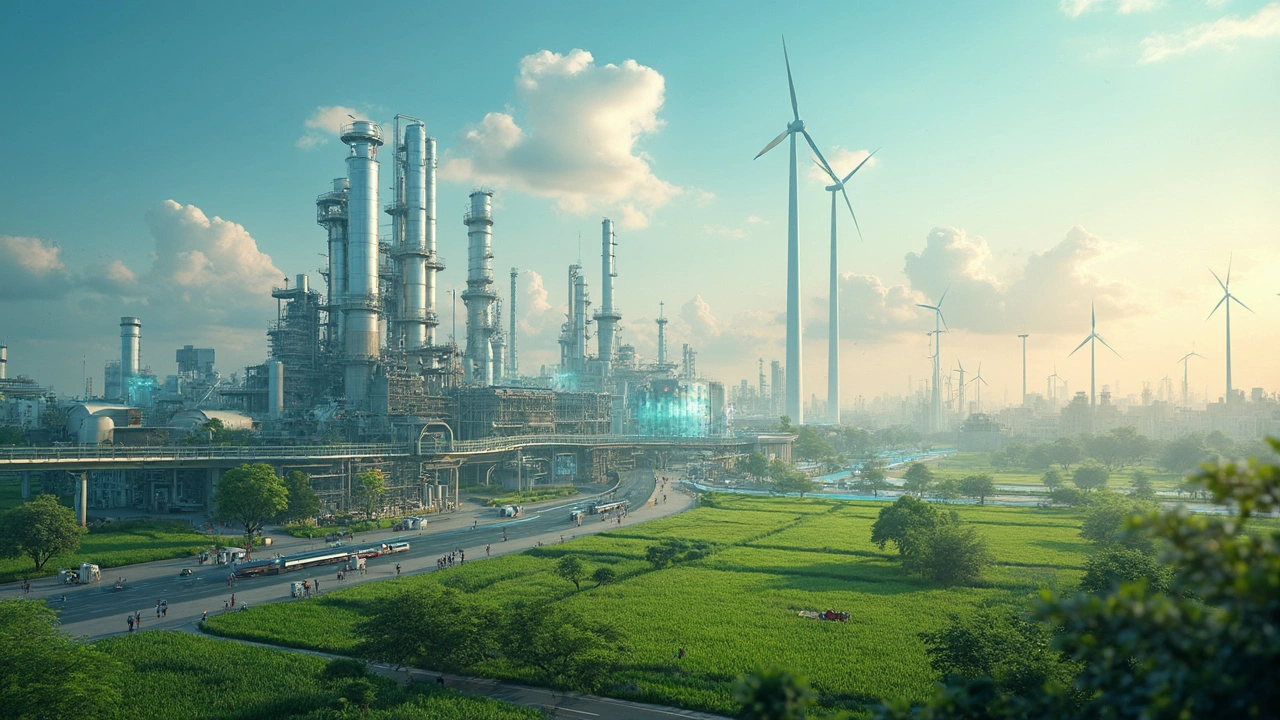Chemical Industry
When exploring chemical industry, the network of firms that turn raw materials into chemicals, polymers, and specialty products. Also known as chemical sector, it fuels everything from medicines to packaging. The backbone of this sector is chemical manufacturing, large‑scale production of bulk and specialty chemicals, which relies on complex reactors, safety protocols, and tight cost control. A major offshoot is the pharmaceutical industry, companies that depend on organic synthesis and biotech to create medicines. Meanwhile, the plastic industry, manufacturers converting petrochemicals into everyday polymer goods represents one of the largest demand drivers for basic chemicals.
Key Segments Shaping the Chemical Landscape
One clear semantic link is that the chemical industry encompasses chemical manufacturing, meaning every plant, refinery, or batch reactor falls under its umbrella. At the same time, the sector requires a reliable supply chain of feedstocks – crude oil, natural gas, and minerals – because any disruption instantly hits product volumes and prices. The pharmaceutical industry influences the chemical industry by demanding high‑purity intermediates, which pushes manufacturers toward greener processes and tighter quality systems. Likewise, the plastic industry drives innovation in polymer chemistry, prompting companies to develop bio‑based alternatives and recycling‑ready formulations.
Understanding these relationships helps you spot where value is created. For instance, firms that excel in waste minimization often earn premium contracts from pharma players looking to meet stringent regulatory standards. Companies that invest in advanced catalysts can serve both bulk chemical buyers and high‑margin specialty segments, unlocking cross‑selling opportunities. This interplay explains why the top five chemical manufacturers – BASF, Dow, SABIC, Sinopec, and Ineos – dominate not just by size but by breadth across these sub‑markets.
If you’re curious about gaps, India still imports several high‑value chemicals that domestic players haven’t mastered yet. The missing pieces, such as certain specialty polymers and fine organic intermediates, present attractive entry points for new investors or joint‑venture projects. Knowing which chemicals are not made locally gives a clear roadmap for capacity planning and policy advocacy.
From a sustainability angle, plastic waste remains a hot topic. Nations leading the waste crisis also generate massive demand for recycled resin, prompting chemical firms to build circular‑economy facilities. Tracking which countries top the plastic waste rankings helps you anticipate where recycling‑focused chemical plants will sprout next.
All these angles converge on a single point: a solid grasp of the chemical industry equips you to evaluate market trends, benchmark the biggest players, and identify untapped niches. Below you’ll find a curated set of articles that dive deeper into product ideas, pharma leadership, waste challenges, and the global ranking of chemical manufacturers. Use them as a launchpad for your own research, investment decisions, or entrepreneurial plans.
